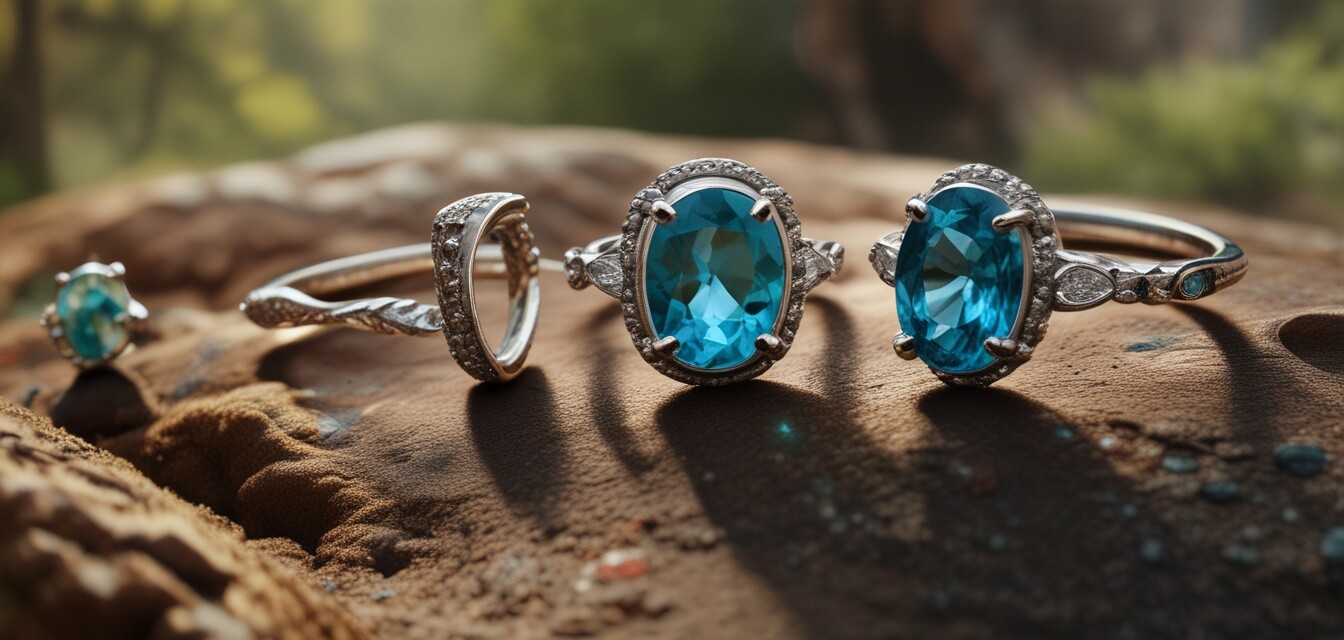
How Jewelry Can Support Wildlife Conservation
Key Takeaways
- Ethical jewelry sourcing promotes environmental protection.
- Artisans often contribute to wildlife conservation through their craft.
- Consumer choices can drive sustainable practices in the jewelry industry.
- Collaborations between jewelry brands and conservation organizations are vital.
- Certifications help in identifying truly sustainable jewelry products.
Jewelry has long been a symbol of beauty and personal expression, but it can also play an essential role in supporting wildlife conservation efforts. As consumers become more aware of the environmental and humanitarian impacts of their purchases, ethical jewelry initiatives are stepping up to the plate. In this article, we'll dive into how responsible sourcing, artisanal craftsmanship, and environmentally-friendly practices in the jewelry industry contribute to wildlife conservation efforts globally.
The impact of ethical jewelry on wildlife conservation
The link between fashion and wildlife conservation may not seem apparent at first glance. However, the jewelry industry has significant connections to ecological sustainability. Ethical jewelry brands focus on sourcing materials in a way that minimizes harm to both the environment and communities. This approach has a direct impact on wildlife conservation, as it often involves protecting natural habitats.
1. Responsible sourcing of materials
When jewelers prioritize responsibly sourced materials, they are often working to ensure that mining practices have minimal negative impacts on ecosystems. This includes:
- Avoiding conflict minerals that fund armed groups in wildlife habitats.
- Utilizing recycled materials to reduce the strain on natural resources.
- Supporting fair trade practices that empower local communities.
2. Artisanal craftsmanship
Many ethical jewelry brands collaborate with artisans who skillfully create pieces using traditional methods. By supporting these artisans, we can:
- Help preserve traditional crafts and cultural heritage.
- Encourage sustainable and eco-friendly practices in production.
- Ensure fair wages, which allows artisans to invest in their local communities and environmental protection.
How consumer choices affect the jewelry market
As consumers, our buying habits have a profound influence on the industry. By choosing ethically sourced and environmentally friendly jewelry, we can:
- Encourage brands to adopt sustainable practices.
- Decrease demand for materials obtained through destructive mining methods.
- Boost support for organizations that focus on wildlife conservation.
To learn more about how you can make a difference, check out our detailed guide on buying ethically sourced jewelry.
Collaborations between jewelry brands and conservation organizations
More and more jewelry brands are partnering with conservation organizations to make a genuine impact. These collaborations can include:
- Donating a percentage of sales to wildlife conservation efforts.
- Creating limited-edition collections that raise awareness about endangered species.
- Participating in habitat restoration projects funded by jewelry profits.
| Brand | Conservation Initiative | Impact |
|---|---|---|
| Example Brand A | Donation to wildlife habitat protection | 100 acres of habitat preserved annually |
| Example Brand B | Support for anti-poaching initiatives | Reduction in poaching incidents by 30% |
| Example Brand C | Collaboration with local artisans | Empowers 200 artisans and protects local biodiversity |
Identifying sustainable jewelry
Not all jewelry marketed as "eco-friendly" or "ethical" is genuinely contributing to wildlife conservation. Here are some tips for identifying sustainable products:
Tips for beginners
- Look for certifications such as Fair Trade or Responsible Jewelry Council.
- Research brand stories to understand their sourcing practices.
- Ask questions about the origin of materials directly from sellers.
Conclusion
Jewelry can be more than just an adornment; it can be a powerful tool for positive change. By choosing ethical jewelry options, we can support wildlife conservation while celebrating the beauty of artisanal craftsmanship. With the growing demand for sustainable products, the jewelry industry is responding in exciting ways. Your choices matter—make them count!
Pros
- Supports wildlife conservation efforts.
- Promotes eco-friendly practices.
- Empowers local communities and artisans.
- Encourages responsible consumer choices.
Cons
- Can be more expensive than non-ethical options.
- Quality may vary depending on sourcing.
- Limited availability in some regions.